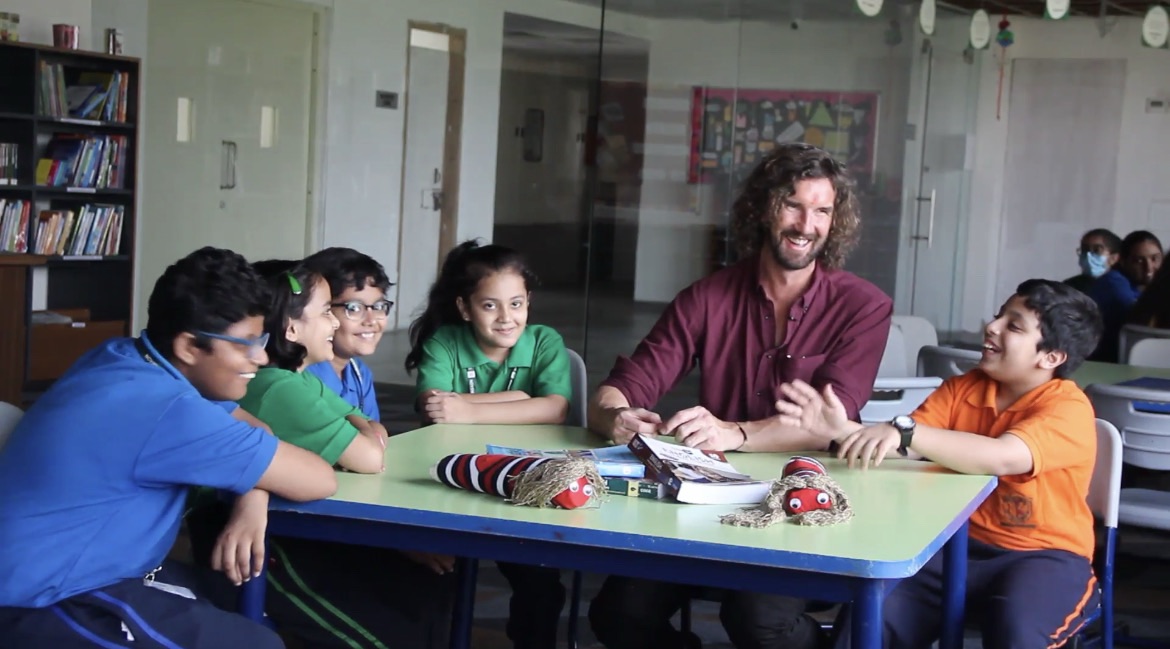Once we understand what type of learner our child is, it makes it much easier to differentiate our approach!
Through careful observation we can determine each child’s particular needs and wants. There are 4 main types of learners.

Here they are:
- The Isolated Learner.
They love to be left alone to get on with the task at hand. They need clear instructions and expectations with all the resources and options at hand and then let them go. You won’t hear from them for hours. - The Parallel Learner.
These children need a partner, a friend. Someone to work with, to bounce ideas off. To teach and to learn from. Provide them with open ended tasks and let them work their magic. They want to work at the same pace, on the same project as their partner. - The Collaborative Learner.
These children need a team but they like to be lead. They need to feel that they are a cog in the big engine we call ‘work’. They learn from others, they like to be guided and feel the safety of their peers when encountered with possible failure. - The Cooperative Learner
These children are your future leaders: they need open ended non-descriptive tasks that enable them too think outside the box. They want to gather their thoughts, their team and experiment.
Once we know who is who, it is our job to make sure that each of those children has a place to learn in your classroom. Is there are space for them, are the lessons tailored to their needs and are you delivering your learning in a way that allows everyone to flourish?
Which type of leaner were you?

#montessori #children #teachers










10 Responses
Absolutely. Given enough time to perform with clear instructions most of the children are able to perform. However, it is the caregiver’ss attitude and patience which will help the child perform.
I love this point of view. I have heard about the kinesthetic learner, visual learner ,… etc
Isolated! And I thought that was wrong of me! Thanks for the validation Gavin.
Gavin,I follow ur insights on education.All your writings are with scientific approaches in teaching & learning. Much appreciated!
Hello Gavin…it’s very true.. I was isolated learner. You know what I didn’t even knew gradually from isolated learners how I have changed to cooperative learner😀😀
Where are you teaching Gavin?
This is great Gavin. Beats the old VAK approach ( which is very relevant) because your model shows how simple differentiation can be.
Love your work!
Well said,every child is different. Their style to learn is different. They performed well if have suitable option to learn which suits them better. Nice way to explain Gavin. But bad part is that,we know about it,but fail to execute in classroom.
Love this whole concept of categorizing children on the basis of their personality traits and not their learning ability. This is a radical shift which is the need of the hour.
Hi there Gavin, Thank you for the article. I’m interested in the citations that back up your assertions of different kinds of learners? As a Montessori teacher educator that leans into the neuroscience of learning, I’m immensely interested in how neuromyths such as learning styles are perpetuated then in turn influence educators and education as a whole. I think of how educators acquired a bit of knowledge re: styles then adapted lessons for children based on their perceived strengths, which in turn goes against what current research reveals about optimal learning.